The 63-degree difference
February 15, 2025 at 6:00 a.m.By Dani Sheehan.
See why cool roof coatings matter more than you might think!
It’s the middle of July, and a roofing contractor is standing on top of a commercial building in downtown Chicago. The heat radiating off the roof is relentless, making every movement feel heavier. He checks the temperature: 225 degrees Fahrenheit (F) on the surface of the metal panels beneath his boots. It’s an invisible yet punishing force that affects not only workers like him but also the people inside the building and the city itself. But what if that same roof could be 63 degrees cooler – without looking any different?
This is the power of cool coatings, making a measurable impact on urban heat and energy efficiency one building at a time. In a recent RoofersCoffeeShop® RLW®, Lauren Rogers from Sherwin-Williams explained that cool coatings infused with solar-reflective pigments can significantly reduce heat absorption. She emphasized, “A standard mid-tone bronze metal panel, for example, might reach 225° F in direct sunlight, while a solar-reflective version of the same panel remains at just 162° F – a staggering 63-degree difference.”
At the heart of this technology is its ability to mitigate the urban heat island effect, a phenomenon where densely built environments absorb and retain heat, driving up temperatures. According to the U.S. Environmental Protection Agency, urban areas can be up to seven degrees hotter during the day and five degrees warmer at night compared to surrounding rural areas. This heat retention strains air conditioning systems, increases energy bills and worsens public health issues like heat-related illnesses.
Cool coatings on metal roofs offer an effective way to combat these rising temperatures. By reflecting more sunlight and reducing heat absorption, they help lower indoor temperatures, cutting energy consumption for cooling by as much as 27%, according to research studies Lauren mentioned. "This is a significant amount of energy that was able to be saved. I’d say roughly 30% on these residents’ electric bills, just simply because they switch roofs, they switch colors, they switch metal panels,” she stated. That translates to real savings and increased comfort for those inside the buildings.
Not only do cool coatings lower energy costs, but they have a direct impact on the people, plants and animals in urban areas. By reducing excess heat, cities can decrease smog formation and improve air quality, which has far-reaching effects on public health. Cooler urban environments also mean less strain on local infrastructure and power grids during extreme heat waves.
Read the transcript, Listen to the podcast or Watch the webinar to learn more about the transformative impact of a 63-degree temperature difference.
Learn more about Sherwin-Williams Coil Coatings in their Coffee Shop Directory or visit www.industrial.sherwinwilliams.com.
About Dani
Dani is a writer for The Coffee Shops and AskARoofer™. When she's not writing or researching, she's teaching yoga classes or exploring new hiking trails.

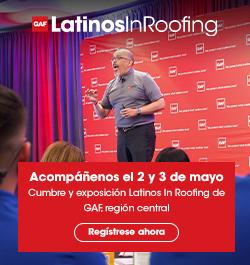
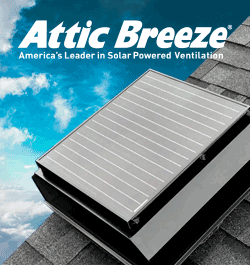




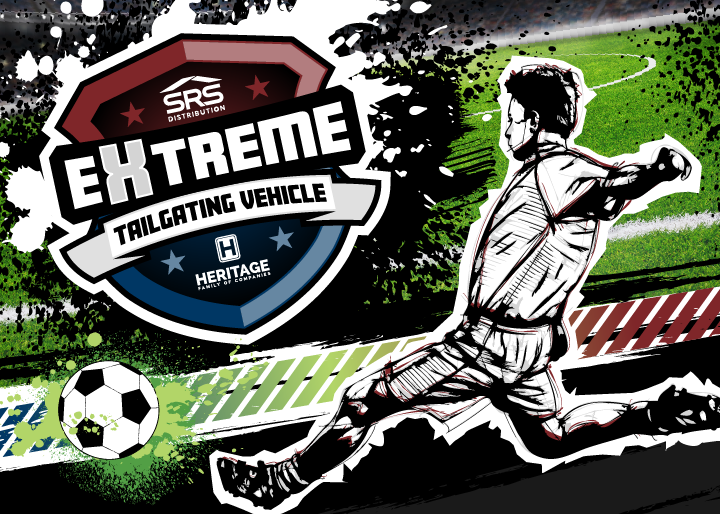
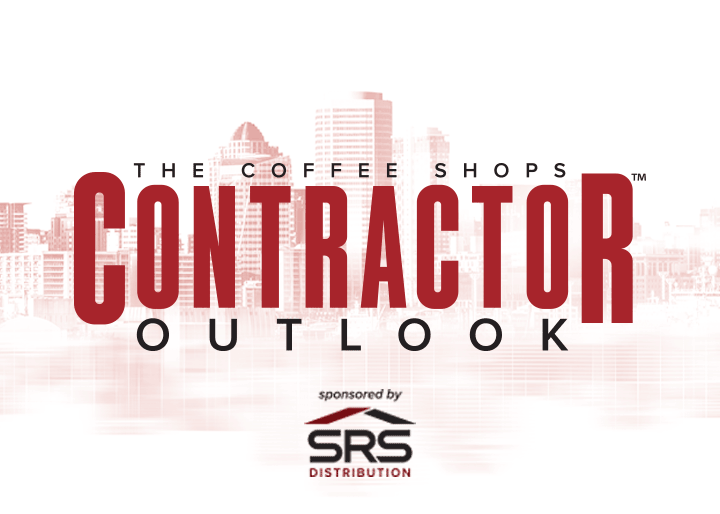


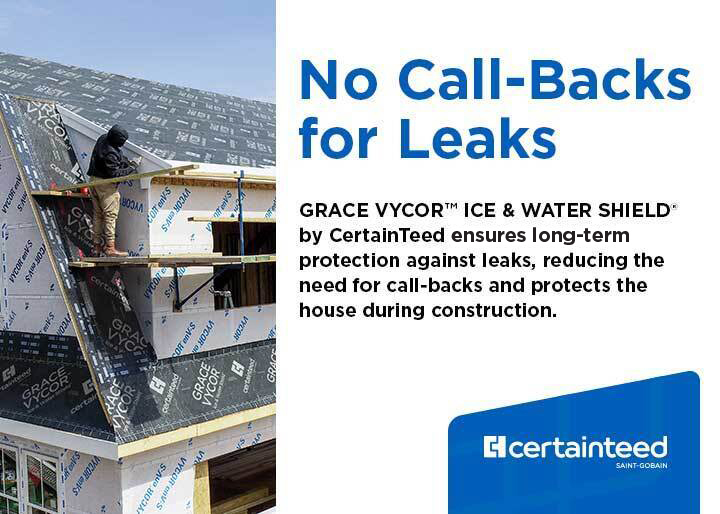

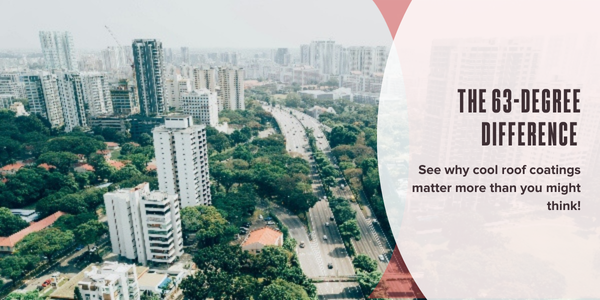






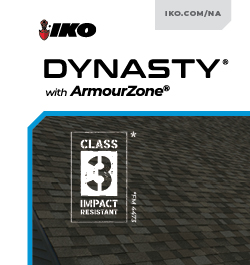


Comments
Leave a Reply
Have an account? Login to leave a comment!
Sign In